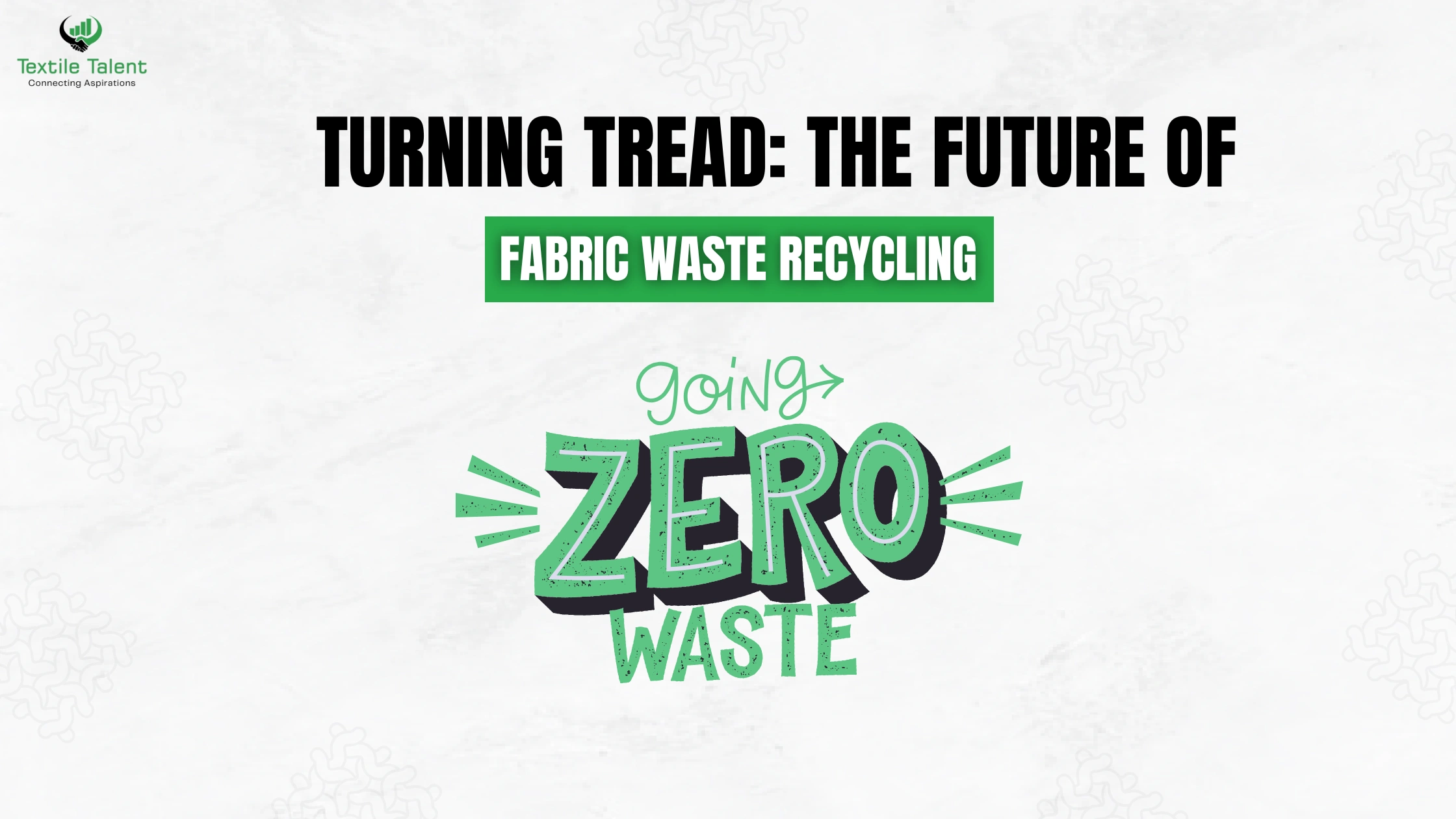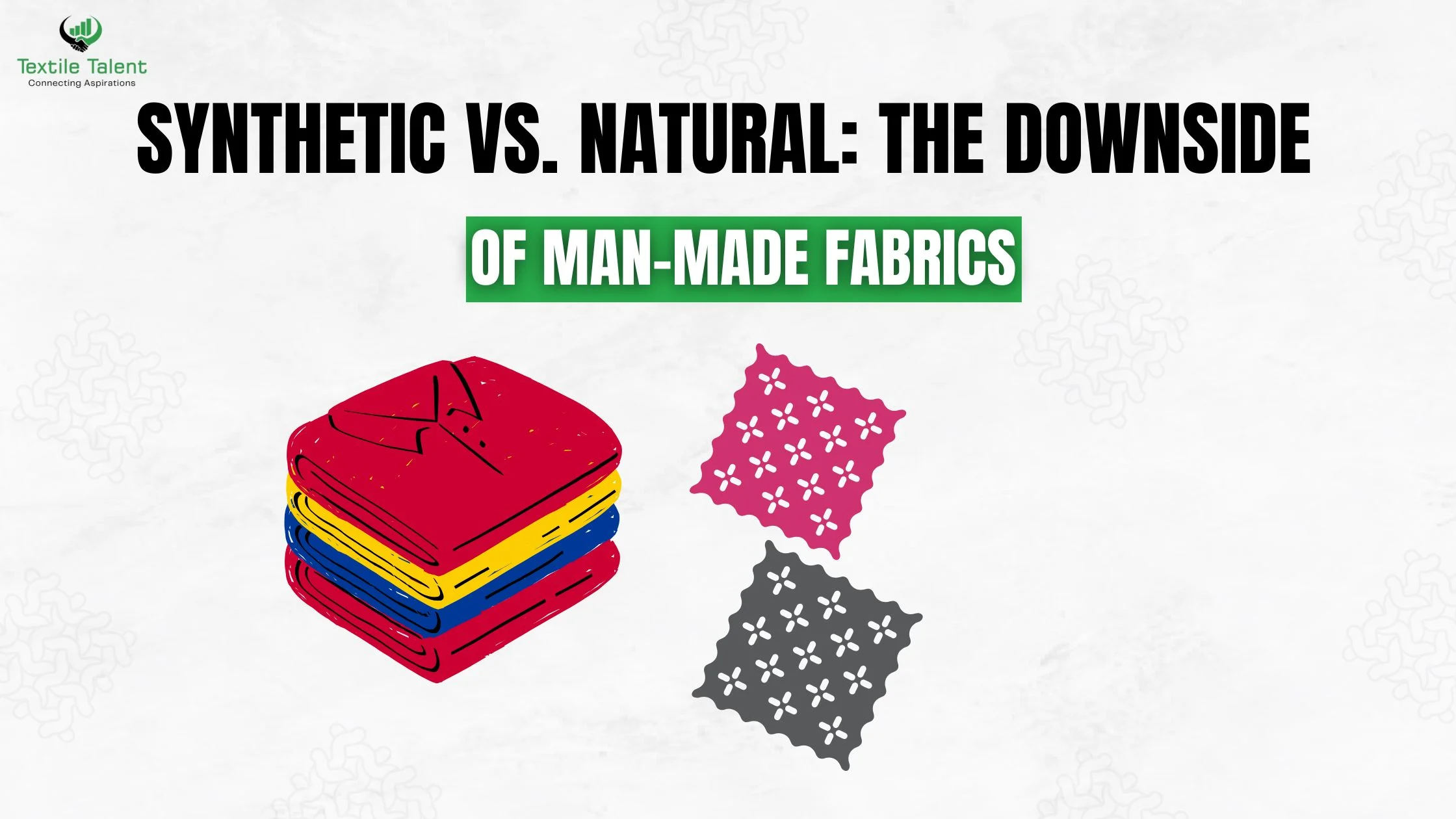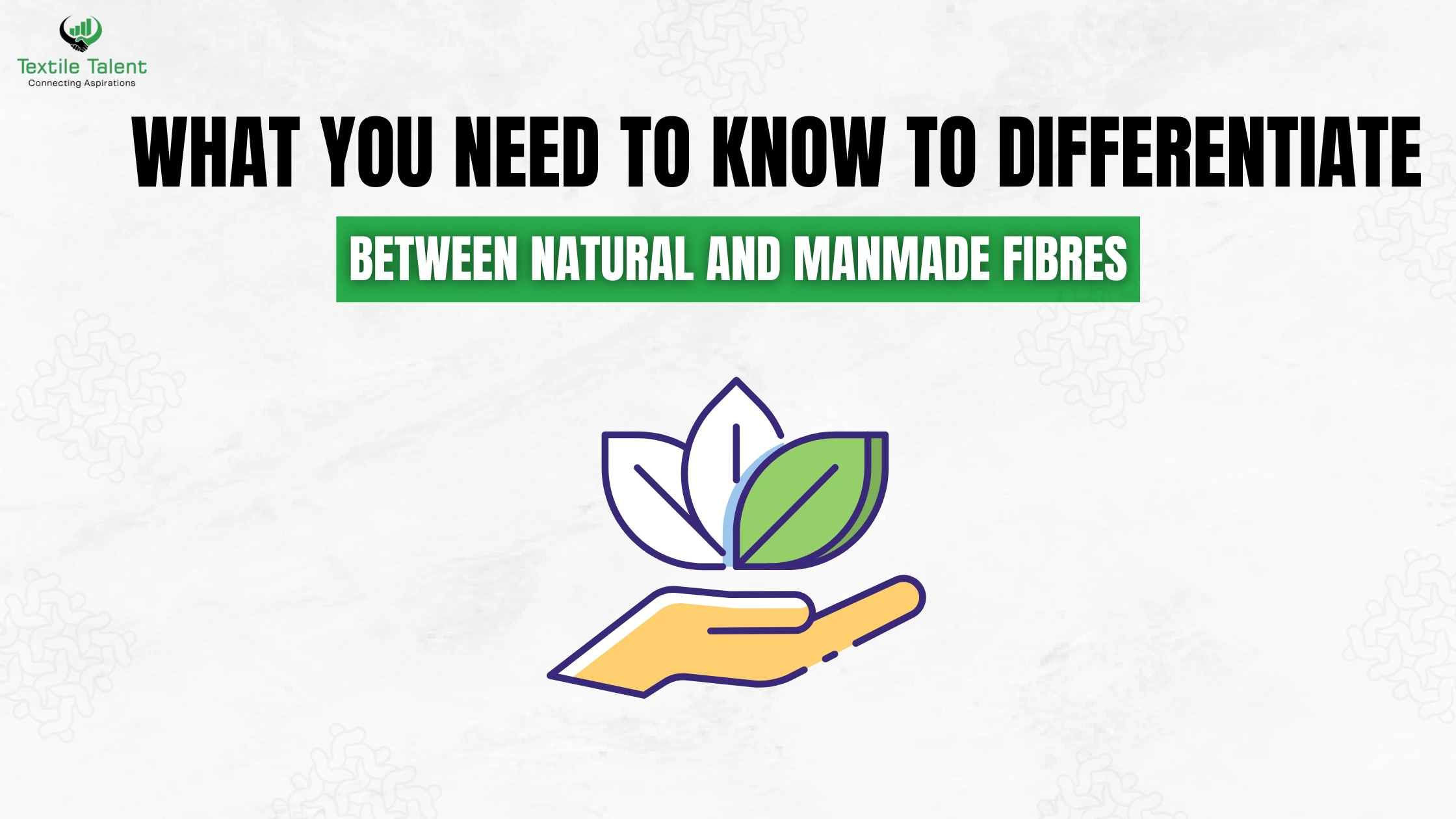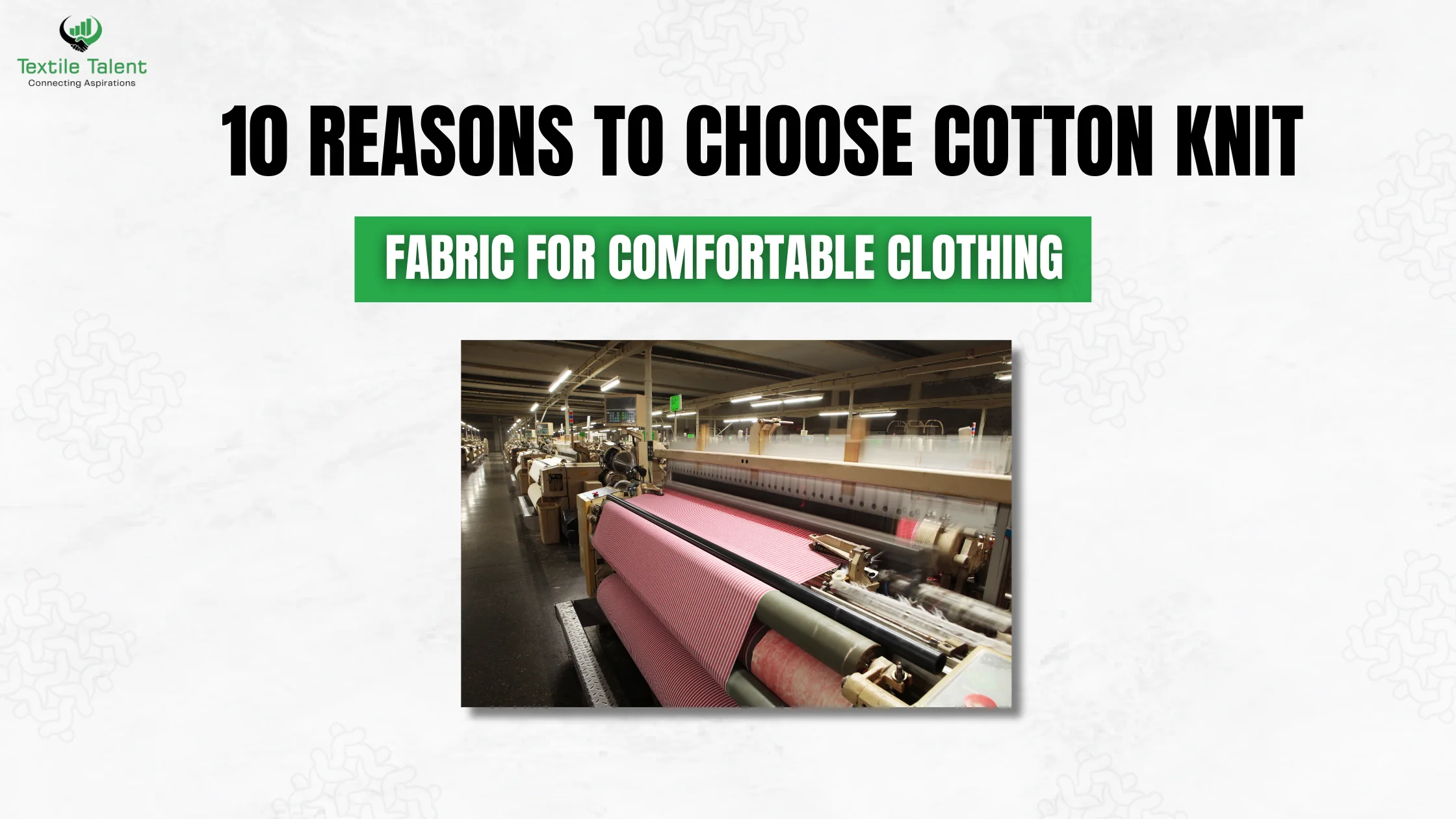
Summary
Among all the arguments presented in the debate of synthetic and natural fabrics, synthetic fabrics have become popular owing to cost and ease of care. However, when comparing synthetic fibres and plastics class 8, it's crucial to consider the environmental impact and potential health risks. This paper explores the drawbacks of synthetic fibres and the impact these man-made fibres have on the environment, our health as well as long term viability.
Introduction
Fabrics are things that surround us in our everyday life, so the question of the use of synthetic or natural fabrics has been debated long ago. For years, artificially created materials have filled practically every aspect of the fashion, home, and industrial industry using chemical methods. Although they are associated with other benefits like cheapness, longevity and easy to maintain, it is not without its own problems. Whether you are working in textile industry or looking for a textile industry jobs in India you should be aware that the negative aspects of these synthetic fibres may provide an insight on the general implication of the use of these man-made fibres as compared to those manufactured using natural fibres.
However, what are synthetic fibres and why they have become so popular in the modern production? To answer this, we should first have an insight into their chemical composition and the differences between them and natural fibres. Synthetic fibres get their origin in petrochemicals and some of the famous materials include polyester, nylon, and acrylic. These materials can look like the ideal choice of the modern consumer; however their adverse effects on the environment and even on human health tend to become unseen. These issues are going to be examined more closely in this article..
What Are Synthetic Fibres? (Class 8 Perspective)
Synthetic fibres have their share of disadvantages before discussing them it is important to define what they are. According to what are synthetic fibres class 8, these are materials made by humans using chemical processes, usually from petroleum-based resources. Unnatural fibres (e.g. those made of polymers and chemicals) unlike natural fibres (e.g. cotton or wool) are not made out of flora or fauna.
Synthetic fibres are most often of the following kinds:
-
Polyester: The most common artificial material in textile (clothing and home furnishing).
-
Nylon: strong again, found in stockings, ropes and everything.
-
Acrylic: It is a lightweight material, which is a replacement of wool.
Synthetic fibres are favoured due to their hardness, toughness and low prices. But when analyzing further, you will understand that they bring several environmental and health issues along with them. It should not be forgotten that these artificial materials are not always ecological as they seem to be.
The Environmental Impact of Synthetic Fibres
The biggest problem that has to be addressed in the future is the effect of synthetic fabrics on the environment. The manufacture of synthetic fibres is extremely energy-consuming and a source of pollution since it is based on petroleum products. Also, microplastics (small derivatives of plastic objects) are emitted into the water system when synthetic materials are washed. These microplastics cannot be filtered using sewage treatment facilities and may find their way in oceans and freshwater bodies killing creatures in the water.
Non-Biodegradable Nature of Synthetic Fibres
Man made fibres do not bio-degrade implying that they stay in the landfills hundreds of years later. On the contrary, natural fibers are subject to wear- the most common in natural fibers is the likes of cotton and wool. Such a non-biodegradability of synthetic fibres is a major contributor to the global menace of waste piles that is increasing tremendously.
The Production Process
Synthetic fabrics consume immense energy to produce thus partaking in the carbon footprint. An example is that of polyester which is one of the most frequently applied synthetic fabric and is made out of a non-renewable resource (petroleum). Production of fibres by transforming petroleum is energy-intensive and creates vast emissions of carbon. This renders the environmental impact of synthetic fibres as being quite large in comparison to natural fibres.
The Health Concerns Linked to Synthetic Fabrics
The next issue about synthetic fibres is the possibility of affecting the health of humans. Most of the synthetic fabrics undergo chemical treatment at one stage of their manufacture such as dyes, flame retardants, formaldehyde and might cause allergic cases or rashes to sensitive people. The disavantages of synthetic fibres can be regarded as to being aware of these health concerns especially when a person has sensitive skin or he/she is a child.
Chemical Sensitivity and Skin Allergies
Some synthetic materials like polyester have been found to cause skin irritations due to people who are sensitive to the material. It is usually as a result of the chemicals utilized in their manufacturing or the nature of processing of the fabric. This type of fabric has the tendency of retaining sweats and moisture thereby becoming a favorable medium to bacteria and fungus growth and it can also worsen the condition of the skin..
Respiratory Issues
Monofilament fabrics tend to give off poisonous fumes into the environment and this has been known to cause respiratory defects, particularly in closed up confinements. It also can produce poor indoor air quality due to off-gassing of volatile organic compounds (VOCs) by these fabrics.
Synthetic Fibres vs. Natural Fibres: Which Is Better?
When weighing synthetic fibres and plastics class 8 against natural fibres, the differences become more apparent. Natural fibres such as cotton, silk, wool and linen are cultivated in the environment using lesser amount of chemicals as opposed to synthetic ones. They are bio-degradable implying that they do not cause any accumulated trash in the environment.
But natural fibres too carry with them their problems. One may use cotton growing as an example, to prove how big a drain it may be in terms of resources, such as water and pesticides. Environmental degradation can be caused by wool production unless it is sustained. These negative factors notwithstanding, the natural fibres environmental impact in general is still lower in comparison to synthetic fibres.
Sustainability and Longevity
Sustainability presents one of the major strengths of this material compared to the synthetic ones. Although it can take centuries for synthetic fibres to decompose, natural fibres decompose much quicker, creating less damage to the environment. In addition, natural fibres are normally more breathable and comfortable enough to wear, thus preferred in the long run.
Cost and Accessibility
The synthetic fibres on the other hand are far more affordable to produce and easier to find. In fast fashion, they become popular, where the affordability plays one of the crucial roles. Although natural fibres are often more costly, their long-term value makes them worth the money spent because they are biodegradable and comfortable.
The Downside of Man-Made Fabrics
Synthetic fibres are associated with a major disadvantage despite its benefits. They are so prominent that they have contributed to more pollution, health issues, and environmental degradations. The drawbacks of the synthetic fibres cannot be disputed especially with the fact that they are non-biodegradable coupled with the fact that there are chemicals used in the manufacture of such fibres.
The Toxicity of Synthetic Fabrics
Most of the synthetic material particularly, those chemicals treated can be hazardous to both the environment and health. Such chemicals have the capacity to be released into the soil, water and the air contributing to pollution that is not only detrimental to wildlife but also to human beings. Also, certain chemicals are associated with cancer, endocrinological problems, and breathing difficulties, which highlights the fact that synthetic fabric is quite dangerous despite the apparent safety.
The Role of Microplastics
Probably, one of the most significant problems of synthetic fabrics is the loss of microplastic. Each time synthetic clothes get washed, microscopic plastic particles get into the water system that it could not filter. Such microplastics pollute the water and may find their way into the food chain, impacting not only aquatic life but humans, as well.
FAQs
1. What are synthetic fibres?
Synthetic fibres can be called artificial materials made of petrochemicals. Such typical ones are polyester, nylon, or acrylic. They are clothing, carpet and other textiles made of these fibres.
2. What is the environmental impact of synthetic fibres?
The Synthetic fibres are enormously costly to the environment. Materials used to make them are non-renewable and manufacturing of such material pollutes the environment with toxic chemicals. Also, synthetic fibres do not decompose and, therefore, lead to land fill waste over a long period of time..
3. Are synthetic fabrics harmful to human health?
Yes, man-made fabrics may lead to skin irritation and allergies, especially to those people with sensitive skin. Even the toxic chemicals used in a process of making them may be toxic once inhaled or through the skin.
4. What is the difference between synthetic and natural fibres?
Natural fibres are either of plant or animal origin using cotton, wool, and silk as examples, and synthetic fibres are anthropogenic using petrochemicals. The natural fibres are biodegradable in contrast to non-biodegradable synthetic fibres which contribute significantly towards pollution.
5. Can synthetic fabrics be recycled?
Some synthetic fabrics such as polyester may be recyclable but the effect is sometimes not that good as it is when recycling natural fibres. In addition, there are often energy-intensive recycling processes associated with the recycling of synthetic fibres and it may still cause microplastic to be released.






